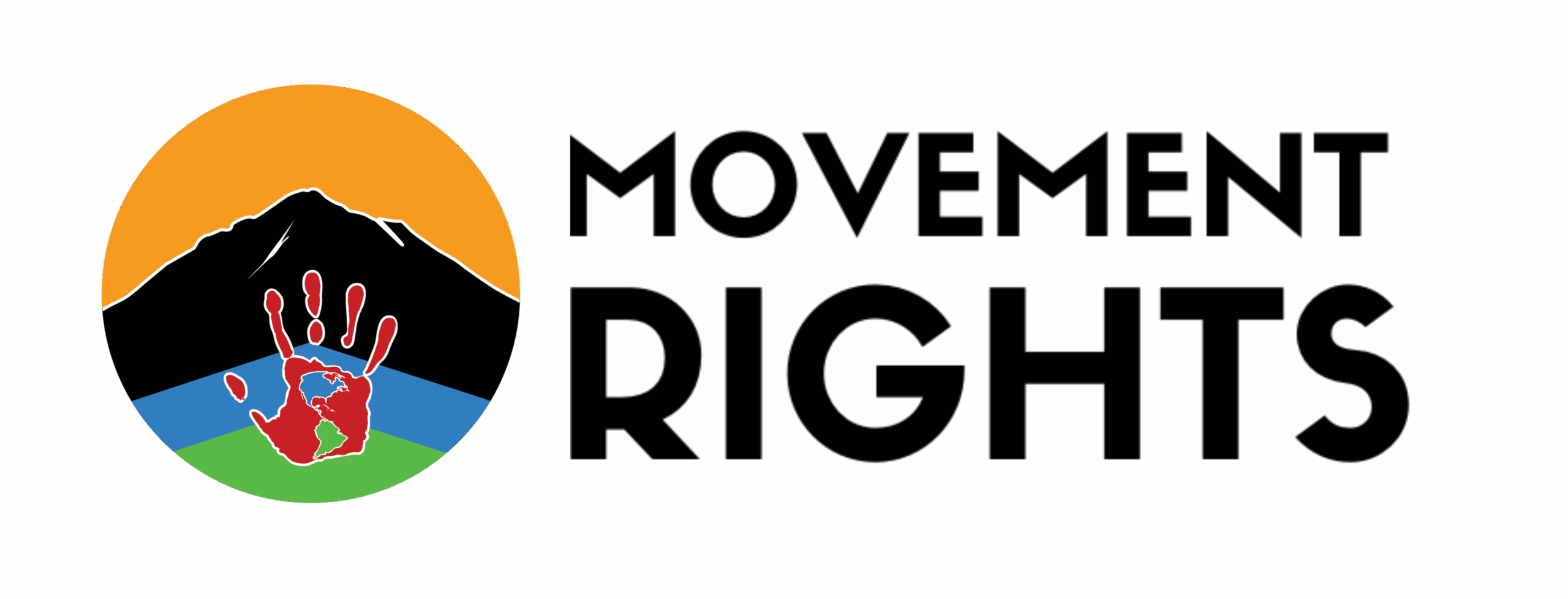Via the International Rights of Nature Tribunal
The ruling concludes that the Plurinational State of Bolivia has violated the Rights of Nature and of Indigenous peoples as defenders of Mother Earth and establishes a set of immediate reparations for the TIPNIS case. On May 15, the International Rights of Nature Tribunal (hereinafter the Tribunal) released on its website its ruling regarding alleged violations of the Rights of Nature inthe case of the Isiboro Sécure Indigenous Territory and National Park (TIPNIS) in Bolivia.
The TIPNIS case was presented by representatives of Subcentral TIPNIS and the TIPNIS women’s organization before the Tribunal during its session in Bonn, Germany, on November 7 and 8 of 2017. The Tribunal agreed to try the case in January 2018 and decided to send an International Observer Commission to Bolivia to determine the facts and meet with all parties involved. Following a visit to Bolivia, the Commission—comprising Alberto Acosta (Ecuador), Shannon Biggs (USA), Enrique Viale (Argentina) and Hana Begovic (Sweden)—presented its report in January 2019. That report is the basis of the Tribunal’s ruling, which concludes that, in the TIPNIS case, the Plurinational State of Bolivia has violated the rights of nature and of Indigenous peoples as defenders of Mother Earth and failed to comply with its obligation to respect, protect, and guarantee the Rights of Mother Earth as established under national legislation and relevant international regulations (p.82).
The French naturalist Alcides D’Orbigny (1802-1857) called the region now known as TIPNIS “the most beautiful jungle in the world.” This territory became the “Loma Santa” in the “Casa Grande” where the Mojeño Trinitarios, Yuracares, and Tsimanes Indigenous peoples sought refuge during the “rubber rush” in the late 18th and early 19th centuries. The region was declared a national park in 1965, and in 1990, after the first indigenous March for Territory and Dignity, it assumed the double status of national park and Indigenous territory. On February 13, 2009, the Yuracaré, Tsimane, and Moxeño Trinitario peoples obtained the deed for 1,091,656 hectares, a small fraction of the initial request due to settlements by Andean migrants and the use of the valleys for coca leaf plantations in the area known as “Polygon 7” of TIPNIS.
In 2008, the government of Evo Morales hired the Brazilian company OAS to build a highway that would divide the protected area of TIPNIS without ever carrying out a comprehensive environmental impact assessment of the three sections into which the road fragmented the park.
In October 2011, the Eighth Indigenous March, after being repressed by police forces in the town of Chaparina, achieved the enactment of Law 180 for the protection of TIPNIS, Article 3 of which expressly prohibited that the Villa Tunari-San Ignacio of Moxos road or any other road crossing TIPNIS.
Six years later, in 2017, Law 180 was repealed by Law 969, which is what led this case to be presented before the International Rights of Nature Tribunal.
The report by the International Observer Commission that visited Bolivia from August 15 to 23 of 2018, presented sufficient evidence that the highway will expand the deforestation already present in Polygon 7, lead to the expansion of coca leaf production, and affect biodiversity, causing the irreparable loss of natural beings. The report also presents evidence that there was no consultation for the free, prior, and informed consent in good faith of the Indigenous peoples of TIPNIS, and that the colonization processes in Polygon 7 is already having negative impacts on life of these people.
Based on all of this evidence, the International Rights of Nature Tribunal deems proven the allegation that the Plurinational State of Bolivia, and in particular the Government of Evo Morales Ayma, have violated the rights of Mother Earth in the TIPNIS case. Likewise, the Tribunal believes that the Bolivian State has violated the collective and individual rights of the nations and Indigenous peoples of TIPNIS.
The Tribunal’s sentence proposes several reparations to be made immediately, including:
An immediate and definitive end to any type of progress in the construction of road infrastructure in “Section II” from Isinuta to Monte Grande in the interior of TIPNIS.
The repeal of Law No. 969 and the subsequent preparation and enactment of a law guaranteeing the conservation and protection of TIPNIS.
The recognition of the territorial rights and autonomy of the area of the former Bosque de Chimanes forest concessions in favor of a Multiethnic Indigenous Territory (TIM, for its initials in Spanish), to guarantee the control and management of the northern zone of TIPNIS.
The adoption of effective measures to halt the advance of colonization toward the central area of TIPNIS.
The cancellation of plans for oil expansion in TIPNIS.
The identification and punishment of those responsible for human rights violations in Chaparina in 2011.
The recognition of the State’s responsibility in the lack of justice so far and a public apology by the president of the Plurinational State of Bolivia.
The implementation of the Mother Earth Ombudsman’s Office, which has yet to begin operating nine years after its establishment under Law No. 71.
The cessation of all pressure designed to discipline and control organizations that defend Mother Earth and the issuance of guarantees to fulfill this task, which is essential for the reproduction of life on Earth.
The International Rights of Nature Tribunal was created in 2013. Its sentences are based primarily on the Universal Declaration of the Rights of Mother Earth adopted at the first World People’s Conference on Climate Change and the Rights of the Earth. Mother Earth, which was held in April 2010 in Tiquipaya, Cochabamba, Bolivia. The Tribunal’s resolutions and sentences have an ethical character that is essential for building a true Earth community to prevent a sixth extinction of life on Earth. Without ethics, no government, institution, or person can recover the humanity that is needed now more than ever to prevent the collapse of the Earth’s vital cycles.
The Tribunal is made up of judges of recognized ethical and scientific authority regarding the rights of nature that have been appointed by defenders of Mother Earth from different parts of the world. In the particular case of this sentence and given that the Morales administration promotes the rights of Mother Earth internationally, it has requested that the sentence be reviewed and signed by other judges who have participated in different hearings by the International Rights of Nature Tribunal. The members of the Extended Tribunal listed as signatories are: Tom Goldtooth (Dine’ and Dakota, USA), Cormac Cullinan (South Africa), Vandana Shiva (India), Osprey Orielle Lake (USA), Simona Fraudatario (Italy), Fernando “Pino “Solanas (Argentina), Ute Koczy (Germany), Yaku Pérez (Kichwa Ecuador), Blanca Chancoso (Kichwa, Ecuador), Maristella Svampa (Argentina), Ruth Nyambura (Kenya), Nnimmo Bassey (Nigeria), Ashish Kothari (India), Enrique Leff (Mexico), Francesco Martone (Italy), Antoni Pigrau (Catalonia), Casey Camp Horinek (Ponca, USA), Antonio Elizalde (Chile), Horacio Machado Aráoz (Argentina), Rita Segato (Argentina), Valerie Cabanes (France), Arturo Escobar (Colombia), Rocío Silva Santiesteban (Peru), Patricia Gualinga (Kichwa Sarayaku), Linda Sheehan (USA), and Mario Melo (Ecuador).






